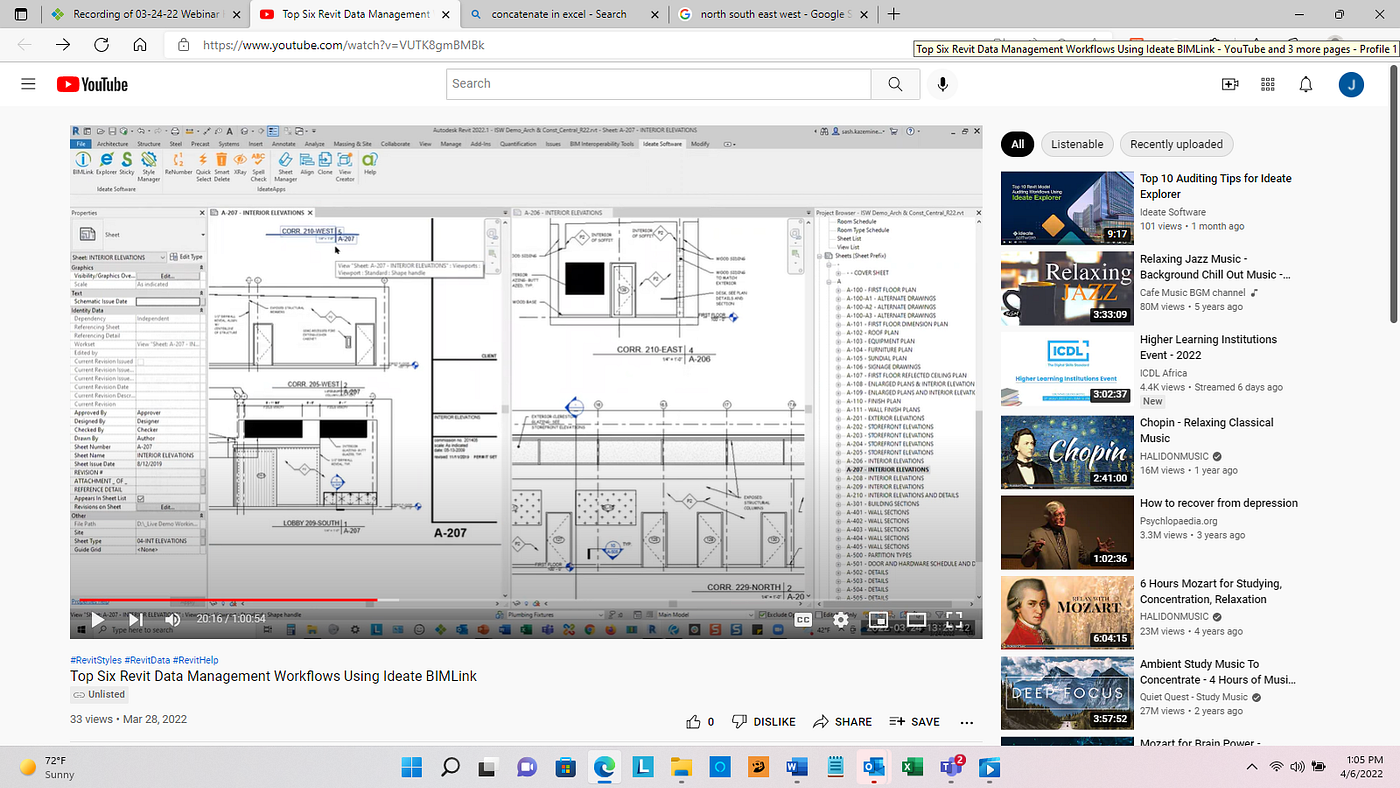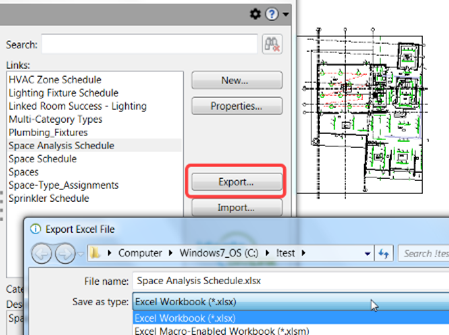Revit Plugins and Tools: Enhancing Your BIM Journey
Wiki Article
Understanding the Art of Information Combination: How to Seamlessly Import Excel Files Into Revit
Are you having a hard time to import Excel files right into Revit smoothly? Look no more! In this short article, we will direct you through the process of grasping the art of information assimilation. Discover the importance of smooth integration in Revit and check out the Excel documents format for Revit assimilation. Prepare yourself to prepare your Excel data easily and follow our detailed guide to import data right into Revit. With our ideal practices, you'll accomplish data assimilation success in a snap. Let's obtain begun!Recognizing the Value of Data Integration in Revit
Understanding the significance of information combination in Revit is important for smooth importing of Excel data. When you integrate data from Excel right into Revit, it allows you to efficiently handle and upgrade info throughout the entire job. This integration makes sure that your design and construction process is up-to-date and precise.By incorporating data, you can easily import and update criteria, routines, and also geometry in Revit. This eliminates the need for hands-on data entrance, conserving you time and minimizing the danger of errors. With Revit's data assimilation capabilities, you can preserve consistency and precision in your job, while additionally boosting partnership among employee.

Checking Out the Excel Documents Layout for Revit Integration

In order to effectively incorporate Excel data right into Revit, it is important to make sure that the information is formatted appropriately. This consists of effectively identifying columns and rows, along with structuring the information in a method that is compatible with Revit's data schema. Revit utilizes details parameters and categories to organize information, so it is very important to align the Excel information with these criteria to make certain a seamless integration.
In addition, it is crucial to note that Revit just sustains certain data kinds when importing from Excel. These include message, numbers, and dates. Any kind of other data kinds, such as solutions or conditional formatting, will certainly not be acknowledged by Revit and may create concerns during the integration process.
Preparing Your Excel Information for Seamless Import Into Revit
To make certain a smooth combination process, you'll need to appropriately format and label the columns and rows in your Excel information prior to importing it right into Revit. Start by analyzing your Excel data and identifying which columns and rows include appropriate details for your Revit job.Following, guarantee that the information in each column is appropriately formatted. As an example, if you have a column for dimensions, see to it that all dimensions are consistently formatted in the same systems of dimension. Revit counts on consistent format to properly interpret and import data.
In addition, it is essential to check for any kind of empty cells or incongruities in your information. Revit might not have the ability to review or import information from cells that are vacant or consist of errors. It is recommended to assess your Excel information and cleanse up any kind of variances prior to importing it into Revit.
Step-By-Step Guide to Importing Excel Info Into Revit
As soon as you have actually correctly formatted and classified your Excel data, you can easily import it right into Revit by following this detailed guide. To begin, open Revit and browse to the "Insert" tab. revit plugins.Following, a dialog box will appear, allowing you to customize the import settings. Right here, you can select the worksheet you want to import, define the variety of cells to import, and select the appropriate systems for your data. As soon as you have actually made your selections, click "OK" to proceed.
Revit will now present a sneak peek of your Excel information. revit tool Take a moment to guarantee and review the sneak peek that whatever looks proper. If required, you can make changes to the import setups by clicking the "Setups" switch.
Best Practices for Information Combination Success in Revit
Make certain you follow these ideal methods to guarantee successful integration of information in Revit. It is critical to arrange your information in Excel prior to importing it into Revit. This indicates ensuring regular calling conventions, correct format, and accurate information representation. Next off, make use of Revit's integrated devices for data mapping. This will certainly enable you to match the columns in your Excel file with the corresponding parameters in Revit. Be mindful of the data and systems kinds when mapping the data, as any inconsistencies can result in mistakes in the assimilation process.One more vital method is to routinely confirm and update your information. Furthermore, make usage of data validation devices within Revit to recognize any mistakes or variances in the incorporated data.
Last but not least, it is recommended to establish a clear operations for information assimilation. This includes defining duties and functions, establishing an interaction channel in between staff member, and establishing a normal tempo for data updates and testimonials. By following these best methods, you can guarantee a effective and seamless combination of data in Revit, ultimately improving the effectiveness and accuracy of your job.
Verdict
In final thought, mastering the art of information combination is crucial for seamless import of Excel files right into Revit. Comprehending the value of data integration in Revit is the primary step in the direction of successful assimilation. Checking out the Excel documents layout for Revit integration aids in comprehending the limitations and requirements. Preparing the Excel information appropriately and adhering to a step-by-step guide is crucial for a smooth import process. By adhering to finest methods, you can ensure information combination success in Revit and make one of the most out of your job.When importing data from Excel into Revit, it is crucial to recognize the file format and exactly how it can impact the integration process (revit tools). Revit utilizes particular specifications and categories to arrange information, so it is essential to line up the Excel data with these parameters to make sure a seamless combination
Be mindful of the devices and data kinds when mapping the data, as any kind of inconsistencies can lead to errors in the integration procedure.
Furthermore, make use of information validation devices within Revit to recognize any kind of errors or variances in the incorporated information.

Report this wiki page